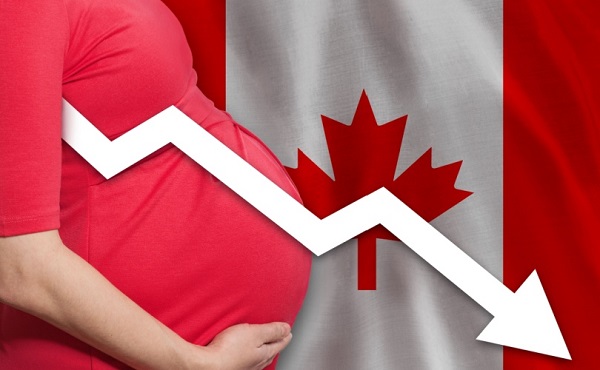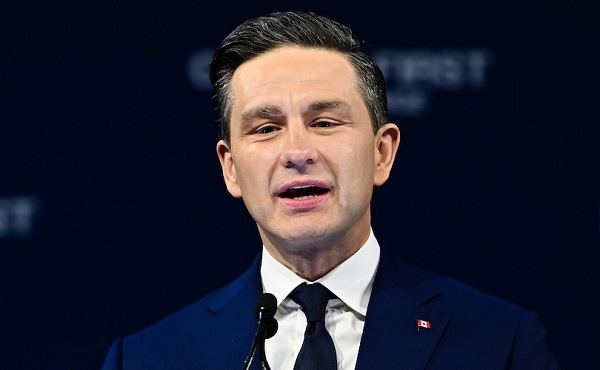Opinion
Red Deer’s 2% house depreciation hurts the most, the ones we need the most.

We welcome your opinions.. Here’s one from Red Deer resident Garfield Marks.
Red Deer has a severe supply management issue when it comes to housing. In 4 years our population grew by 195 residents while we added 1299 new homes. House values decreased last year by 2%. Making it undesirable to young families to put down permanent roots in Red Deer.
Why it may be better to just rent in the short term.
The prices of real estate has declined in the last year by 2 %.
So what, you may ask.
Let us look at last year’s first home buyer.
Buys a $300,000 house. Puts 5% down ($15,000) and takes out a mortgage. Pays legal and moving fees for about $1,000 which would be a bargain. $16,000 out of pocket to start.
5% down means a $285,000 mortgage which means mortgage insurance which if added to the principal means a real mortgage of $296,400 to start.
Taxes for the year on property will be about $2,600.
If the mortgage was at 2.94% that would mean a monthly payment of about $1,394 or $16,728 for the year.
Let us say the needs no maintenance but one could expect maintenance of at least $1,000 but in this example we will negate maintenance.
House insurance would be about a $1,000.
During the year the home buyer spent $16,000 buying the house, $16,728 on mortgage payments and $2,600 on property taxes, $1,000 on insurance for a total of $36,328.
Today the house sells for 2% less or $294,000, then minus $12,411 real estate fees and GST, down to $281,589, then minus $1,000 legal fees to $280,589, then minus mortgage payout of about$290,000 to a net loss of about $10,000 in proceeds to the owner.
So that $300,000 home cost the owner $46,000 to live in the home for 1 year. He could have rented it for $20,000 so in this case it would make more sense to rent.
So to many people losing 2% value in their home is a big deal.
Perhaps we could slow down the building of new homes to let the market catch up, because now it leaves the most vulnerable home buyer at risk, and those are the first time buyers, the young families and the residents most needed to create a growing community.
So far from encouraging the young upwardly mobile to move to Red Deer, we are scaring them away.
Perhaps our supply and demand equation is heavily weighted to the supply side, yet we keep investing in new subdivisions while devaluing our own homes.
Who wins? Developers, city hall tax collectors, builders but not the tax payers. The city definitely makes the case for big property managers and renting. Too bad.
Business
Major Projects Office Another Case Of Liberal Political Theatre
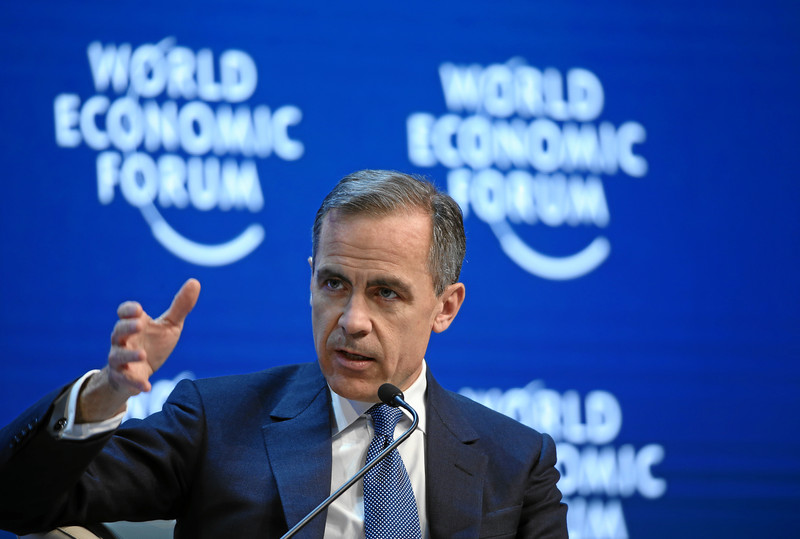
From the Frontier Centre for Public Policy
By Lee Harding
Ottawa’s Major Projects Office is a fix for a mess the Liberals created—where approval now hinges on politics, not merit.
They are repeating their same old tricks, dressing up political favouritism as progress instead of cutting barriers for everyone
On Sept. 11, the Prime Minister’s Office announced five projects being examined by its Major Projects Office, all with the potential to be fast-tracked for approval and to get financial help. However, no one should get too excited. This is only a bad effort at fixing what government wrecked.
During the Trudeau years, and since, the Liberals have created a regulatory environment so daunting that companies need a trump card to get anything done. That’s why the Major Projects Office (MPO) exists.
“The MPO will work to fast-track nation-building projects by streamlining regulatory assessment and approvals and helping to structure financing, in close partnership with provinces, territories, Indigenous Peoples and private investors,” explains a government press release.
Canadians must not be fooled. A better solution would be to create a regulatory and tax environment where these projects can meet market demand through private investment. We don’t have that in Canada, which is why money has fled the country and our GDP growth per capita is near zero.
Instead of this less politicized and more even-handed approach, the Liberals have found a way to make their cabinet the only gatekeepers able to usher someone past the impossible process they created. Then, having done so, they can brag about what “they” got done.
The Fraser Institute has called out this system for its potential to incentivize bribes and kickbacks. The Liberals have such a track record of handing out projects and even judicial positions to their friends that such scenarios become easier to believe. Innumerable business groups will be kissing up to the Liberals just to get anything major done.
The government has created the need for more of itself, and it is following up in every way it can. Already, the federal government has set up offices across Canada for people to apply for such projects. Really? Anyone with enough dollars to pursue a major project can fly to Ottawa to make their pitch.
No, this is as much about the show as it is about results—and probably much more. It is all too reminiscent of another big-sounding, mostly ineffective program the Liberal government rolled out in 2017. They announced a $950-million Innovation Superclusters Initiative “designed to help strengthen Canada’s most promising clusters … while positioning Canadian firms for global leadership.”
That program allowed any company in the world to participate, with winners getting matching dollars from taxpayers for their proposals. (But all for the good of Canada, we were told.) More than 50 applications were made for these sweepstakes, which included more than 1,000 businesses and 350 other participants. In Trudeau Liberal fashion, every applicant had to articulate how their proposal would increase female jobs and leadership and encourage diversity in the long term.
The entire process was like one big Dragon’s Den series. The Liberals trotted out a list of contestants full of nice-sounding possibilities, with maximum hype and minimal reality. Late in the process, Minister of Innovation, Science and Industry Navdeep Bains picked the nine finalists himself (all based in cities with a Liberal MP), from which five would be chosen.
The alleged premise was to leverage local and regional commercial clusters, but that soon proved ridiculous. The “Clean, Low-energy, Effective and Remediated Supercluster” purported to power clean growth in mining in Ontario, Quebec and Vancouver. Not to be outdone, the “Mobility Systems and Technologies for the 21st Century Supercluster” included all three of these locations, plus Atlantic Canada. They were only clustered by their tendency to vote Liberal.
Today, the MPO repeats this virtue-signalling, politicking, drawn-out, tax-dollar-spending drama. The Red Chris Mine expansion in northwest British Columbia is one of the proposals under consideration. It would be done in conjunction with the Indigenous Tahltan Nation and is supposed to reduce greenhouse gas emissions by 70 per cent. That’s right up the Liberal alley.
Meanwhile, the project is somehow part of a proposed Northwest Critical Conservation Corridor that would cordon off an area the size of Greece from development. Is this economic growth or economic prohibition? This approach is more like the United Nations’ Agenda 2030 than it is nation-building. And it is more like the World Economic Forum’s “stakeholder capitalism” approach than it is free enterprise.
At least there are two gems among the five proposals. One is to expand capacity at the Port of Montreal, and another is to expand the Canada LNG facility in Kitimat, B.C. Both have a market case and clear economic benefits.
Even here, Canadians must ask themselves, why must the government use a bulldozer to get past the red tape it created? Why not cut the tape for everyone? The Liberals deserve little credit for knocking down a door they barred themselves.
Lee Harding is a research fellow for the Frontier Centre for Public Policy.
Indigenous
Constitutional lawyer calls for ‘false’ claims to end in Canadian residential schools burials

From LifeSiteNews
Justice Centre for Constitutional Freedoms founder John Carpay said unsubstantiated claims foster a hatred that led to churches being destroyed by arson, vandalized and desecrated.
One of Canada’s top constitutional lawyers blasted what he said are “false” and “virtue-signaling” displays of “truth and reconciliation” goals pushed by the federal government and media when it comes to indigenous “land acknowledgments.”
In a recent opinion piece, John Carpay, founder and president of the Justice Centre for Constitutional Freedoms (JCCF), said the “unsubstantiated claim” that thousands of indigenous kids were buried and disregarded by Catholic priests and nuns who ran some Canadian residential schools must be countered.
“Truth and reconciliation are goals worth pursuing,” wrote Carpay, adding, “which is why all Canadians, whether Aboriginal or non-Aboriginal, should not settle for the hypocritical virtue-signaling displayed through land acknowledgments.”
“Nor should we embrace false claims that foster division, or race-based laws that generate strife,” he noted.
In 2021 and 2022, the mainstream media ran with inflammatory and dubious claims that hundreds of children were buried and disregarded by Catholic priests and nuns who ran some Canadian residential schools. The reality is, after four years, there have been no mass graves discovered at residential schools.
However, as the claims went unfounded, since the spring of 2021, over 120 churches, most of them Catholic, many of them on indigenous lands that serve the local population, have been burned to the ground, vandalized, or defiled in Canada.
Carpay observed how the “inflammatory assertion” of the graves claims was based on ground penetrating radar, “which can only locate soil disturbances beneath the ground, and cannot locate human remains.”
He noted that the only way to find out for certain is for “excavation” to take place, to uncover the “truth.”
To date, the reality, as stated by Carpay, is “no field work has been conducted.”
“Rather, this unsubstantiated claim fosters the hatred that was on display when, following the May 2021 allegation, dozens of churches in Canada were burned and destroyed by arson, with dozens more vandalized and desecrated,” he said.
As reported by LifeSiteNews, retired Manitoba judge Brian Giesbrecht said in October 2024 that Canadians are being “deliberately deceived by their own government” after blasting the now former federal government of Justin Trudeau for “actively pursuing” a policy that blames the Catholic Church for the unfounded “deaths and secret burials” of Indigenous children.
Carpay noted how the Department of Crown-Indigenous Relations has “censored all details of what became of” some $12.1 million the k’emlúps te Secwe̓pemc First Nation received to conduct yet to be done excavations.
“This strongly suggests — but does not prove — that the claim about buried bodies is false,” Carpay wrote.
“Do the Tk’emlúps te Secwe̓pemc fear embarrassment and humiliation if an excavation fails to turn up the remains of 215 children? Where is their respect for the taxpayers’ money that was provided to them for a specific purpose? How is this refusal to conduct an excavation helpful to the goal of reconciliation?”
Carpay: ‘True’ reconciliation will only come once laws based on race or ancestry are ‘abolished’
Residential schools, although run by both the Catholic Church and other Christian churches, were mandated and established by the federal government. They were in operation from the late 19th century until the last school closed in 1996.
While some children did tragically die at the once-mandatory boarding schools, evidence has revealed that many of the children passed away as a result of unsanitary conditions due to underfunding by the federal government, not the Catholic Church.
Carpay said the only way for reconciliation among Canadians to happen is if everyone to truly has equal status under the law.
“Ultimately, true reconciliation among Canadians can only be achieved after we have abolished laws that are based on race, ethnicity, ancestry, or descent,” he wrote.
“When some Canadians — based on their ancestry or descent — have special, different, or superior rights, it necessarily leads to friction, strife, and resentment.”
Carpay added that the “best way” to achieve reconciliation is for all “Canadians to pay the same taxes, for all Canadians to have equal access to public spaces, for all Canadians to enjoy the same hunting and fishing opportunities, and for all Canadians to be equal before the law.”
“Anything else is, quite simply, racist,” he added.
Recent polling has shown that over two-thirds of Canadians want some kind of proof of the “unmarked graves” before believing the claims that Indigenous children were secretly murdered and buried at residential schools by Catholic clergy.
-

 Energy2 days ago
Energy2 days agoIndigenous Communities Support Pipelines, Why No One Talks About That
-

 Alberta2 days ago
Alberta2 days agoOil Sands are the Costco of world energy – dependable and you know exactly where to find it
-
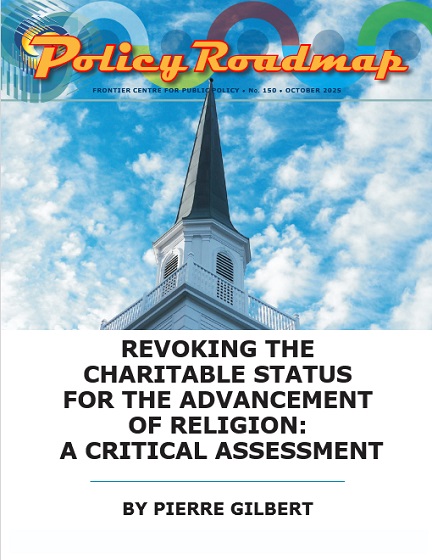
 Business2 days ago
Business2 days agoFinance Committee Recommendation To Revoke Charitable Status For Religion Short Sighted And Destructive
-

 Alberta1 day ago
Alberta1 day agoThe Technical Pitfalls and Political Perils of “Decarbonized” Oil
-

 International2 days ago
International2 days agoNumber of young people identifying as ‘transgender’ declines sharply: report
-
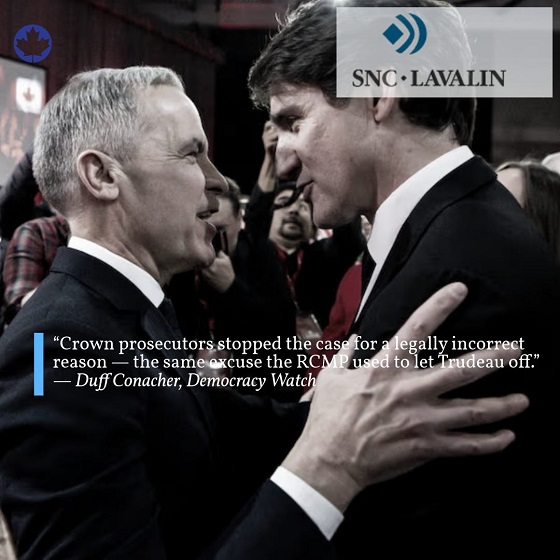
 National14 hours ago
National14 hours agoDemocracy Watch Renews Push for Independent Prosecutor in SNC-Lavalin Case
-
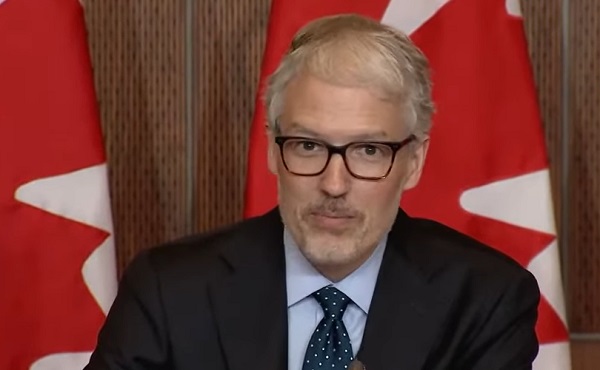
 Censorship Industrial Complex1 day ago
Censorship Industrial Complex1 day agoCanada’s privacy commissioner says he was not consulted on bill to ban dissidents from internet
-

 Health2 days ago
Health2 days agoColorado gave over 500 people assisted suicide drugs solely for eating disorders in 2024


